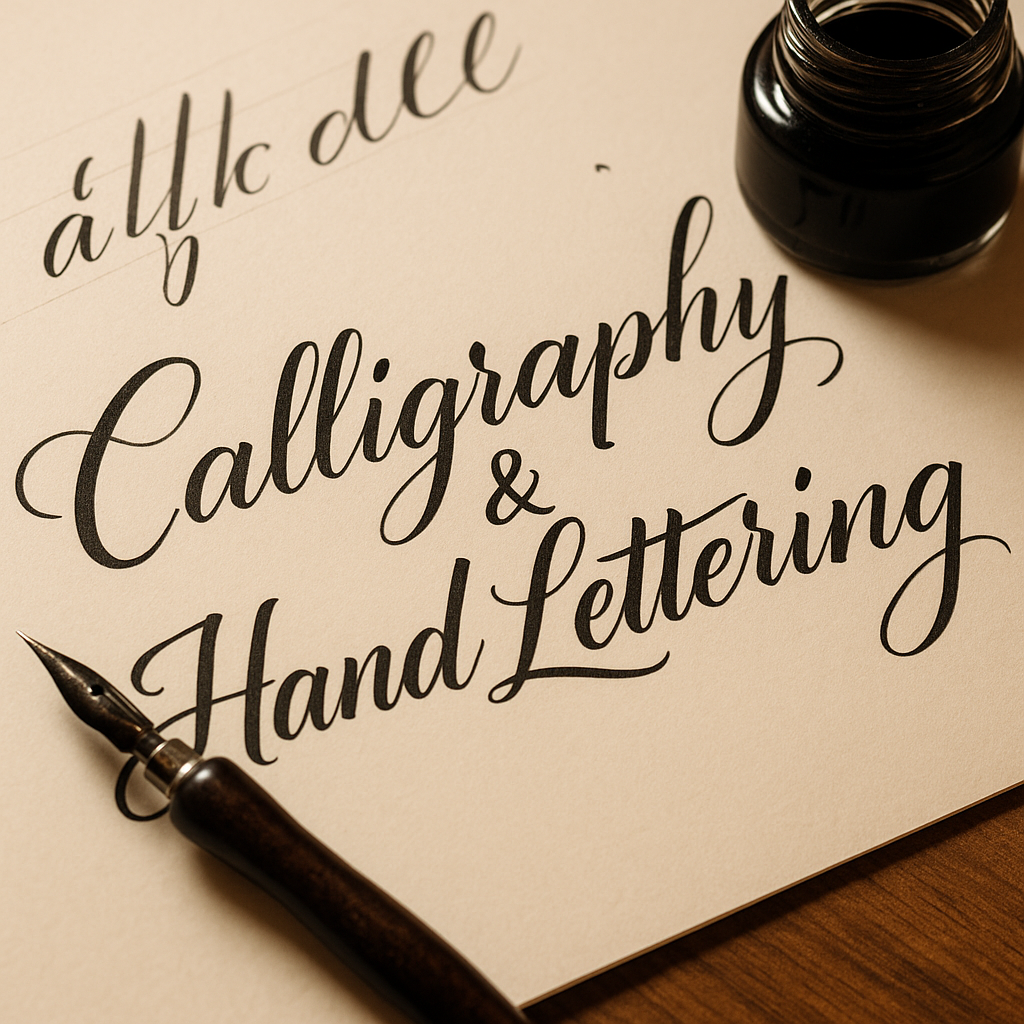Introducing the Net-Twin Partner Slider
A transparent way to support an ad-free network
Net-Twin has always been a strictly ad-free social network.
No banners, no pop-ups, no tracking ads.
And that will not change.
However, we are introducing a very small and carefully limited exception for people and projects who genuinely want to support the network:
The Net-Twin Partner Slider
A clean, rotating partner banner
Displayed respectfully across the network
No tracking, no intrusive formats
Limited to a maximum of 10 partners
Advertising is normally not allowed on Net-Twin.
Partners are therefore not advertisers, but supporters of the platform.
Why this pricing is fair (and transparent)
Net-Twin currently receives around:
25,000 visitors per month
≈ 300,000 visitors per year
With a maximum of 10 partner slots, each partner appears on average in 1/10 of the rotations.
In classic online advertising, a fair CPM (cost per 1,000 impressions) for a clean niche environment is about 6 €.
That results in:
300 × 6 € = 1,800 € theoretical yearly ad value
divided by 10 partner slots ≈ 180 € per partner / year
We deliberately stay below that value.
Partner Pricing
150 € per year
billed once annually (every January)
limited availability – first come, first served
No monthly fees.
No bidding.
No hidden upgrades.
Why we do it this way
Net-Twin stays free of classic advertising
Partners gain visibility in a trusted, creative environment
The network gains sustainable support without compromising its values
This is one of the very few approved ways to draw attention to your service or project on Net-Twin.
If your work aligns with the spirit of this community and you’d like to support the platform:
Simply contact the administrator.
No noise.
No pressure.
Just honest presence.
Kind regards, Andreas and Team
A transparent way to support an ad-free network
Net-Twin has always been a strictly ad-free social network.
No banners, no pop-ups, no tracking ads.
And that will not change.
However, we are introducing a very small and carefully limited exception for people and projects who genuinely want to support the network:
The Net-Twin Partner Slider
A clean, rotating partner banner
Displayed respectfully across the network
No tracking, no intrusive formats
Limited to a maximum of 10 partners
Advertising is normally not allowed on Net-Twin.
Partners are therefore not advertisers, but supporters of the platform.
Why this pricing is fair (and transparent)
Net-Twin currently receives around:
25,000 visitors per month
≈ 300,000 visitors per year
With a maximum of 10 partner slots, each partner appears on average in 1/10 of the rotations.
In classic online advertising, a fair CPM (cost per 1,000 impressions) for a clean niche environment is about 6 €.
That results in:
300 × 6 € = 1,800 € theoretical yearly ad value
divided by 10 partner slots ≈ 180 € per partner / year
We deliberately stay below that value.
Partner Pricing
150 € per year
billed once annually (every January)
limited availability – first come, first served
No monthly fees.
No bidding.
No hidden upgrades.
Why we do it this way
Net-Twin stays free of classic advertising
Partners gain visibility in a trusted, creative environment
The network gains sustainable support without compromising its values
This is one of the very few approved ways to draw attention to your service or project on Net-Twin.
If your work aligns with the spirit of this community and you’d like to support the platform:
Simply contact the administrator.
No noise.
No pressure.
Just honest presence.
Kind regards, Andreas and Team
🌱 Introducing the Net-Twin Partner Slider
A transparent way to support an ad-free network
Net-Twin has always been a strictly ad-free social network.
No banners, no pop-ups, no tracking ads.
And that will not change.
However, we are introducing a very small and carefully limited exception for people and projects who genuinely want to support the network:
🤝 The Net-Twin Partner Slider
A clean, rotating partner banner
Displayed respectfully across the network
No tracking, no intrusive formats
Limited to a maximum of 10 partners
Advertising is normally not allowed on Net-Twin.
Partners are therefore not advertisers, but supporters of the platform.
📊 Why this pricing is fair (and transparent)
Net-Twin currently receives around:
25,000 visitors per month
≈ 300,000 visitors per year
With a maximum of 10 partner slots, each partner appears on average in 1/10 of the rotations.
In classic online advertising, a fair CPM (cost per 1,000 impressions) for a clean niche environment is about 6 €.
That results in:
300 × 6 € = 1,800 € theoretical yearly ad value
divided by 10 partner slots ≈ 180 € per partner / year
We deliberately stay below that value.
💰 Partner Pricing
150 € per year
billed once annually (every January)
limited availability – first come, first served
No monthly fees.
No bidding.
No hidden upgrades.
Why we do it this way
Net-Twin stays free of classic advertising
Partners gain visibility in a trusted, creative environment
The network gains sustainable support without compromising its values
This is one of the very few approved ways to draw attention to your service or project on Net-Twin.
If your work aligns with the spirit of this community and you’d like to support the platform:
👉 Simply contact the administrator.
No noise.
No pressure.
Just honest presence.
Kind regards, Andreas and Team 😇











